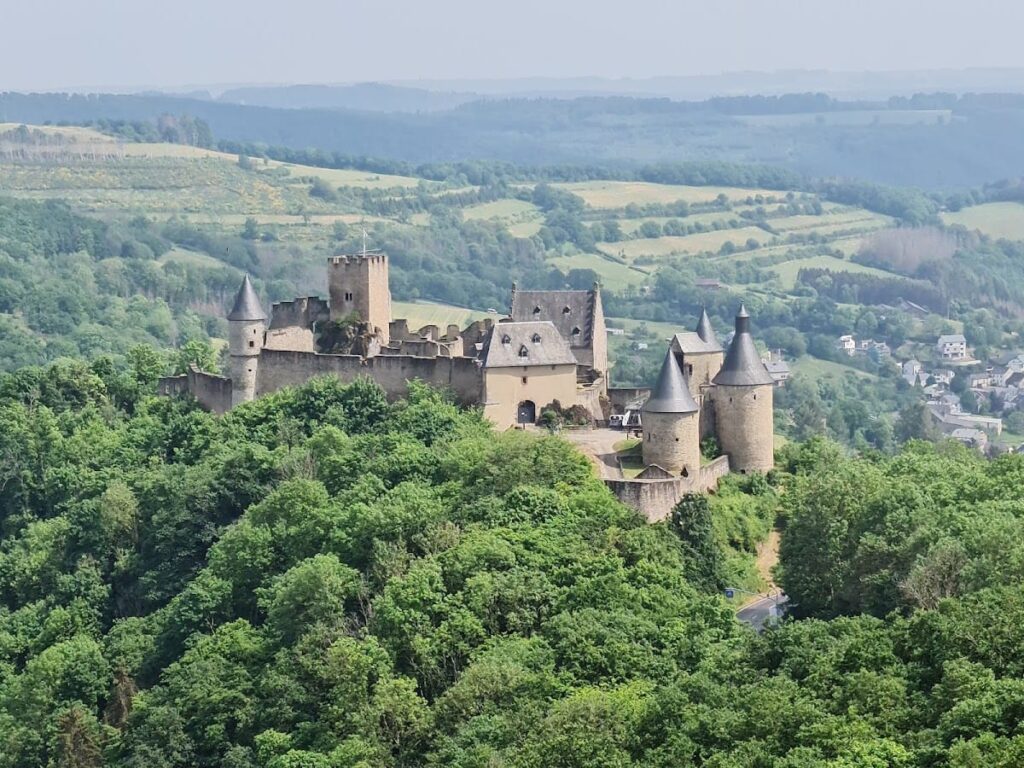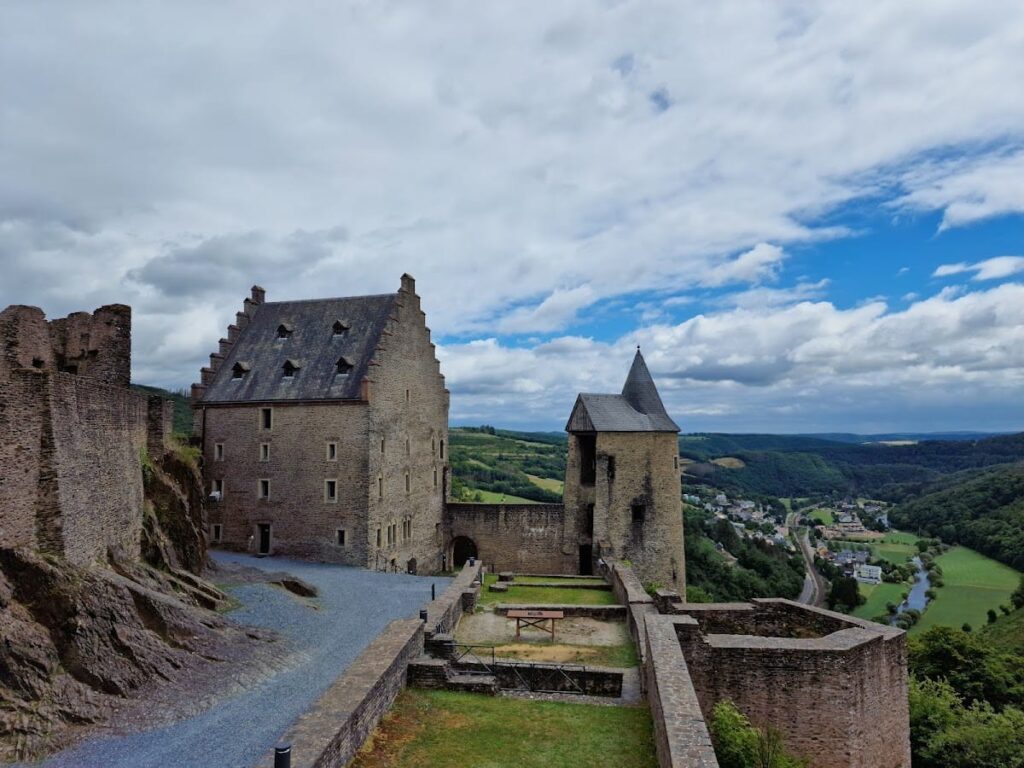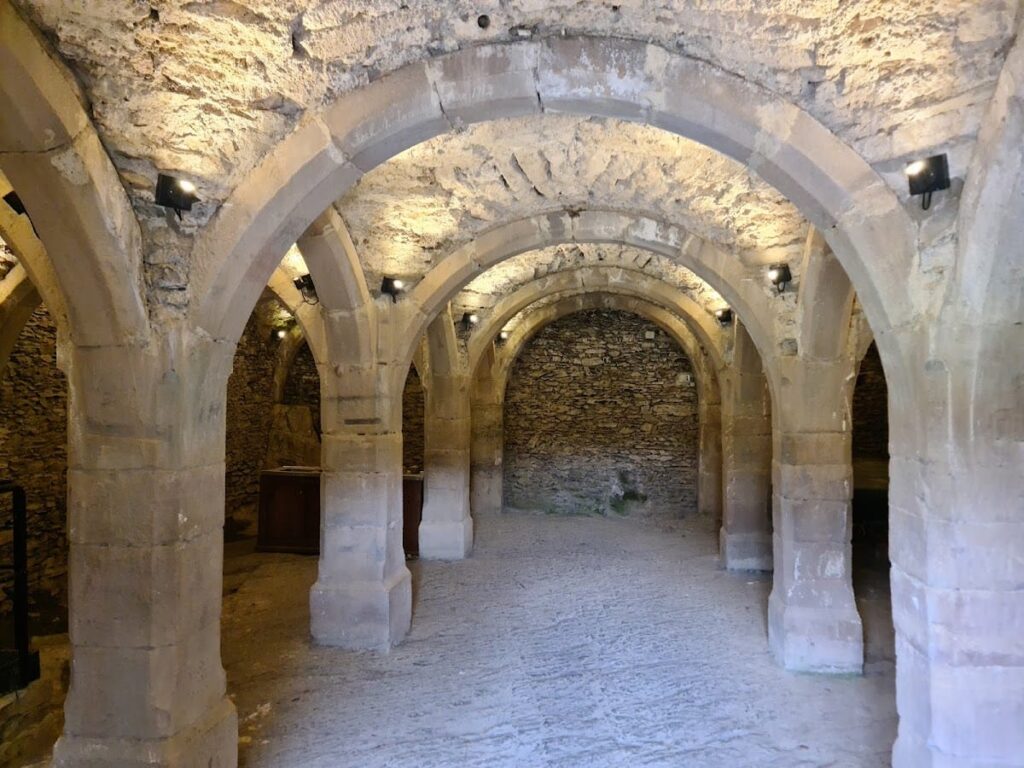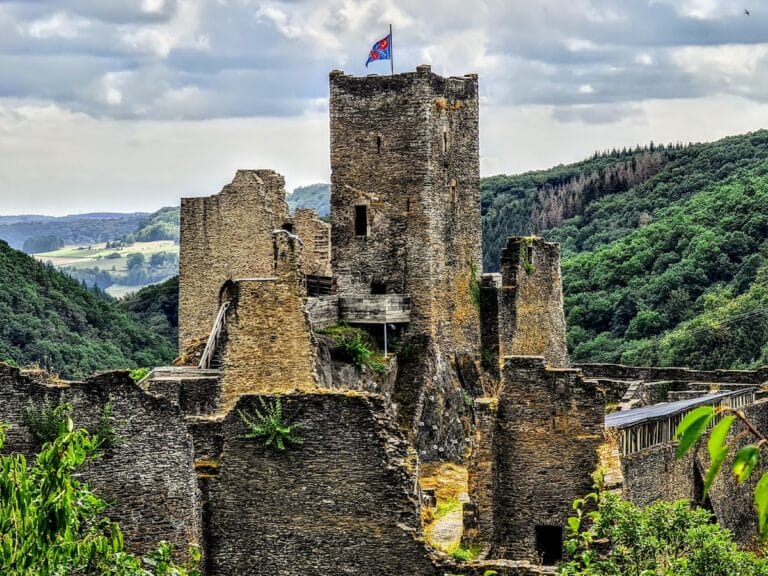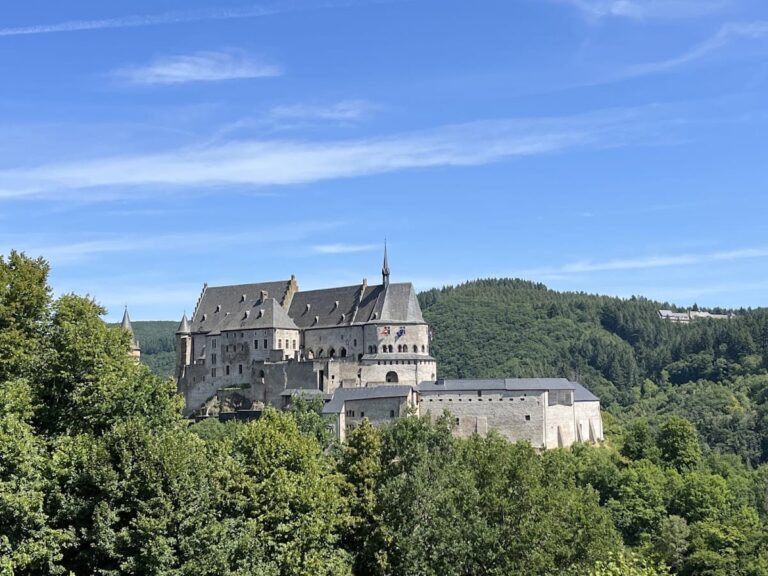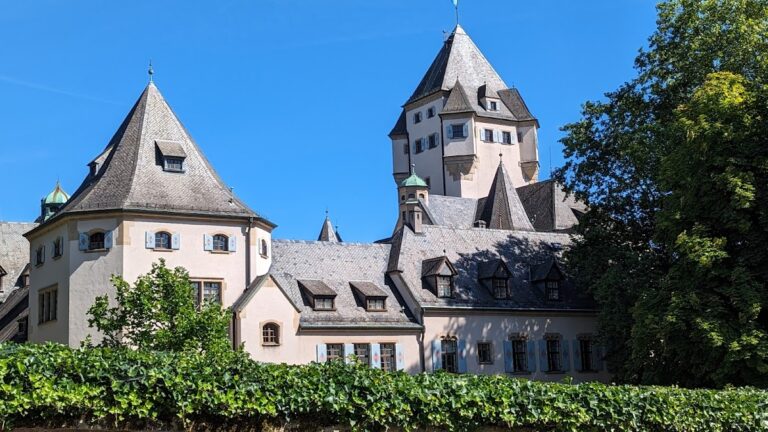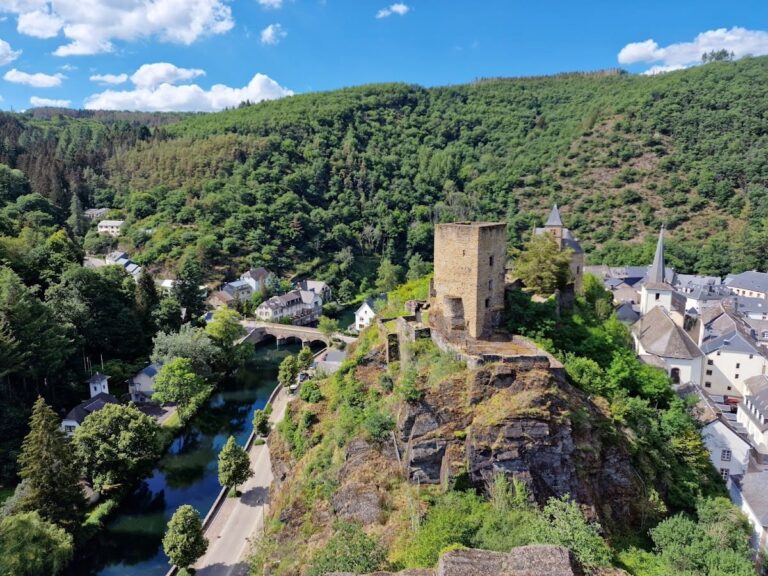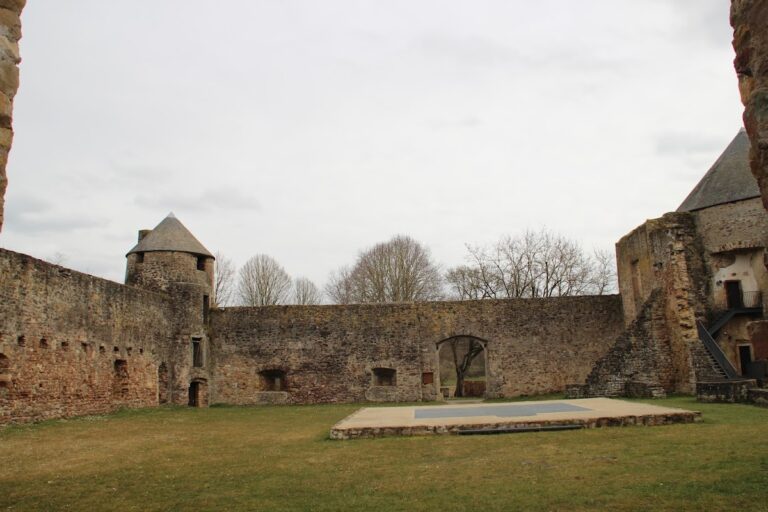Bourscheid Castle: A Historic Fortress in Northern Luxembourg
Visitor Information
Google Rating: 4.5
Popularity: Medium
Google Maps: View on Google Maps
Official Website: www.castle-bourscheid.lu
Country: Luxembourg
Civilization: Medieval European
Remains: Military
History
Bourscheid Castle stands near the village of Bourscheid in northern Luxembourg. Its origins trace back to around the year 1000 when a stone fortress was built on the site of an earlier wooden refuge. This initial structure served as a safe haven for local peasants during times of invasion. The castle first appears in written records in 1095 as the property of Bertram von Bourscheid, who acted as Vogt, or protector, of the Abbey of Echternach.
From its early days until 1512, the castle remained in the hands of the von Bourscheid family. Members of this family held important roles within the County of Luxembourg and expanded their lands. When the last male heir, Bernhard IV, died without children, the estate was divided between his two sisters. Over time, ownership fragmented among several noble families, including the Metternich-Zievel, Zant von Merl, Ahr, and Schwarzenburg families.
In 1626, Hans Gerhard von Metternich reunited the estate under his control. The Metternich family maintained ownership for three generations. In 1753, Hugo Franz Wolf von Metternich sold the castle to Constance de Mathelin de Rolley. A legal dispute followed, resulting in Maria Theresia von Eltz-Rodendorf regaining most of the property by 1795.
The castle’s decline began in the 18th century and worsened during the French Revolutionary Wars, when confiscations affected many noble estates. The last administrator left in 1803, and the castle was auctioned in 1812. After this, it fell into ruin. In 1936, Bourscheid Castle was declared a historic monument. The Luxembourg state purchased it in 1972, initiating restoration and archaeological work. Today, the site is managed by the association Amis du Château de Bourscheid.
Remains
Bourscheid Castle covers more than 12,000 square meters, making it Luxembourg’s largest fortress by area. It sits atop a rocky promontory overlooking the Sauer River valley, reaching 379.8 meters above sea level. The complex divides into three main sections: the Upper Castle, the Lower Castle, and the Outer Bailey.
The Upper Castle, constructed between 1000 and 1300, includes the main keep, a large palace with a knights’ hall, family living quarters, a kitchen, and a chapel expanded in the 17th century. Today, only the keep and the palace’s cellar remain intact, while other buildings survive as ruins.
The Lower Castle developed in the 14th century and housed residential and craft buildings such as smithies and armorers’ workshops. It is enclosed by a double ring wall featuring six towers and several bastions. The Stolzemburg House, completed in 1384 within the Lower Castle, served as the main family residence. Its Gothic cellar remains preserved and accessible.
After 1477, the Outer Bailey was added to protect the main access road. It features strong walls with four towers, a large artillery bastion, a deep moat, and a drawbridge. The entrance gate was flanked by two towers, which correspond today to the concierge’s house.
The castle’s Romanesque-Gothic sections display numerous opus spicatum, or herringbone, masonry patterns. Beneath a bakery building added during expansion, an underground two-story dungeon was carved into the rock. The fortress’s layout and defenses remained largely unchanged after the 15th century until its decline.
Restoration efforts since the 1970s have rebuilt the Stolzemburg House and the concierge’s house, preserving key parts of the castle’s structure. The site retains a mix of restored and ruinous elements, reflecting its long history and architectural evolution.
